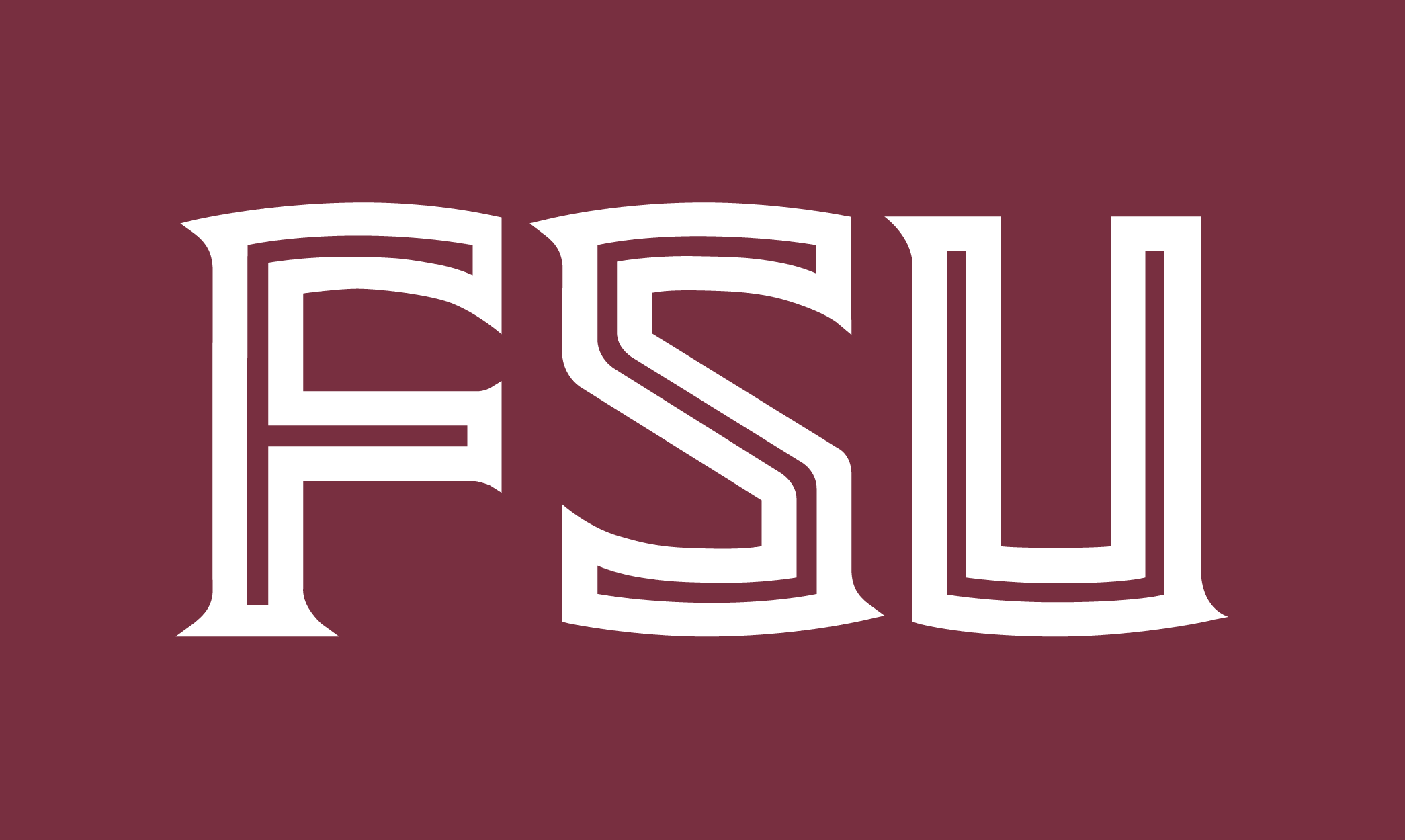By Audrey Post
College of Communication & Information
Each year, hundreds of scientists from all over the world come to the Florida State University campus to conduct research at the National High Magnetic Field Laboratory. Starting in January, the researchers themselves will become the subject of study as a team from the College of Communication and Information explores patterns of collaboration in a diverse, interdisciplinary and increasingly virtual world.
The team, headed by principal investigator Kathleen Burnett, an associate professor in the college’s School of Library and Information Studies, was recently awarded a $380,226 National Science Foundation grant to study virtual scientific teams: how they form, disband and re-form and what factors affect team membership. The goal of the two-year project is to create a model for diverse interdisciplinary virtual teams that will increase efficiency and innovation, and turn short-term collaborations into long-term partnerships.
“The Mag Lab is diverse, it’s multidisciplinary, and the scientists who work there have to figure out how to get things done without being face to face all the time,” Burnett said. “These are complex systems and they use complex tools.”
An estimated 900 scientists and engineers spend time at the magnet lab every year, using the powerful magnets in a wide variety of applications from medicine to technology. The scientists work in different fields, come from different countries and often speak different languages. To make sure their limited time is well spent, a great deal of preparation and coordination is done to build relationships before they arrive; the College of Communication and Information team will be tracking these relationships.
“It will be a very interesting experience for me personally and for the many Mag Lab scientists who take part,” said Greg Boebinger, director of the magnet laboratory. “Scientists are not accustomed to studying their own research practices, and I’ll bet a few of them will not have thought of the possibility of ‘researching research’ as a strategy for improving research.”
The researchers plan to conduct unobtrusive observations, interview scientists, observe planning meetings, review collaborative publications and analyze communication artifacts. Those artifacts could include online communications, minutes of meetings, video conferences and other documentation, physical and virtual.
“A lot of people are looking at how teams form,” said Michelle Kazmer, an associate professor in the School of Library and Information Studies and a co-principal investigator. “But does scientific collaboration lead to another scientific collaboration, or not? What leads scientists to want to work together again, and what prevents it?”
All the co-principal investigators, each a faculty member in the School of Library and Information Studies, contribute areas of expertise to the project. Gary Burnett, associate professor, brings expertise in the theory of information worlds; Kazmer, life cycles of virtual teams; Besiki Stvilia, assistant professor, computational modeling; and Paul Marty, associate professor, the role of technology in life cycle dynamics.
Other School of Library and Information Studies faculty will play a role, as well. Charles C. Hinnant, assistant professor, will contribute expertise in organization theory and will assist with social network analysis. Kenneth Fleischman, an assistant professor at the University of Maryland, will serve as external evaluator, contributing formative and summative evaluation of the life cycle models and advising the team on how well they might generalize to other contexts.
Burnett, as principal investigator, will oversee all aspects of the project, including the students working on it.
“Our ultimate goal is to try to inform the development of new tools to support people who need to work in distributed, virtual teams,” she said. “We want to find out how we can make this more successful so scientists can be more productive.”

